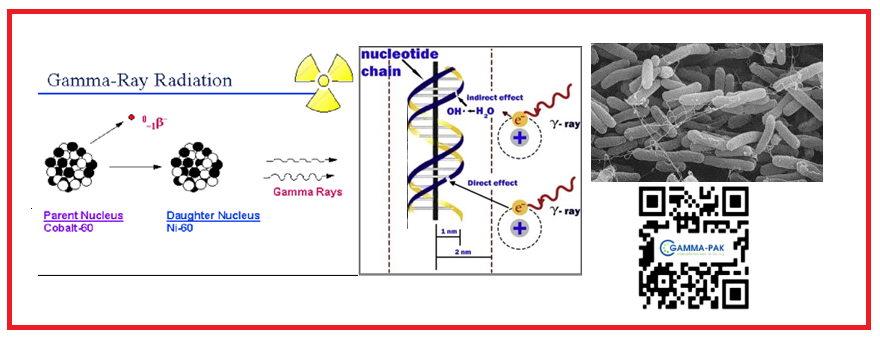JOURNAL 3028
Records of Agricultural and Food Chemistry
Year: 2024 Issue: 3 Special Issue: Abstracts 3rd. TCS, International Food Chemistry Congress February 29-March 03,2024 Antalya Türkiye
p.80 - 80
Viewed 1606 times.
GRAPHICAL ABSTRACT

ABSTRACT
Food irradiation is the processing of food products by ionizing radiation in order to improve the microbial safety and quality of many foods. The World Health Organization recommends food irradiation as one of the most important methods to fight the increasing trend in the incidence of foodborne diseases. Food irradiation starts in the 1920's but is used effectively after the 1980's. Today in the world over 70 countries use this technology for food preservation: Disinfestations and disinfection. Turkey's Food Irradiation Regulation was published in 1999 [1]. Some of the provisions of the Regulation were revised in 2019 in accordance with the regulation of the European Union. This regulation is based on 7 food groups and the maximum overall average absorbed dose is accepted as 10 kGy. These food groups are:1. bulbs, roots and tuber, 2. fresh fruits and vegetables, 3. cereals, nuts, oil seeds, pulses, dried vegetables and fruits, 4. raw or processed fish and frog legs, 5. poultry meat, and red meat (fresh or frozen), 6. dry vegetables, spices, herbs, condiments and herbal teas, 7. dry food of animal origin [2]. When food is irradiated; DNA of parasites, insects, and disease-causing microorganisms such as E. coli, Campylobacter, and Salmonella breaks the bonds in molecules, that is, creates DNA damage. After DNA damage occurs, living things cannot repair the broken bonds, die or cannot reproduce. Thus, consumers are protected from foodborne diseases and the shelf life of foods is extended [3]. Thayer and Boyd [4] studied the irradiation resistance of S.typhimurium in mechanically deboned chicken meat. They observed that the number of viable cells per gram of meat was reduced by 2.8-5.1 log10 CFU/g at 0 °C when doses of 1.5-3.0 kGy were applied. Thayer et al. [5] reported that chicken wings inoculated with 103 or 104 CFU/g of S.typhimurium and then irradiated at 2.7 kGy contained no detectable viable cells. At a dose of 1.8 kGy, there was an estimated 19% survival rate. Narvaiz, et al. [6] studied the effects of gamma irradiation at 20 °C on inactivation of microflora in egg powder. A dose of 2.0 kGy inactivated Salmonella (positive in 25 g of non-irradiated powder) [7]. For this reason, the biggest advantage of the technology is that although microorganisms and insects become resistant to chemicals, they cannot become resistant to irradiation [8].
KEYWORDS- Ionizing radiation
- gamma irradiation
- food irradiation